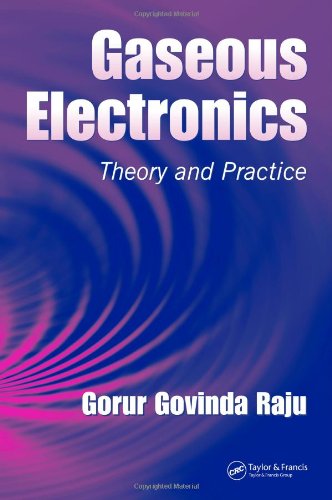

Most ebook files are in PDF format, so you can easily read them using various software such as Foxit Reader or directly on the Google Chrome browser.
Some ebook files are released by publishers in other formats such as .awz, .mobi, .epub, .fb2, etc. You may need to install specific software to read these formats on mobile/PC, such as Calibre.
Please read the tutorial at this link: https://ebookbell.com/faq
We offer FREE conversion to the popular formats you request; however, this may take some time. Therefore, right after payment, please email us, and we will try to provide the service as quickly as possible.
For some exceptional file formats or broken links (if any), please refrain from opening any disputes. Instead, email us first, and we will try to assist within a maximum of 6 hours.
EbookBell Team

4.3
8 reviewsGaseous Electronics: Theory and Practice begins with an overview of the physics underlying the collisions involved in discharge, scattering, ion mobilities, and the various cross-sections and relations between them. A discussion follows on experimental techniques used to measure collision cross-sections, covering the techniques related to the data presented in later chapters. In an unprecedented collection of data and analysis, the author supplies comprehensive cross-sections for rare gases such as Argon, Helium, Krypton, and Xenon; various diatomics; and complex molecules and industrial gases including hydrocarbons. He further includes discussions and analyses on drift and diffusion of electrons, ionization coefficients, attachment coefficients, high-voltage phenomena, and high-frequency discharges.
Based on more than 40 years of experience in the field, Gaseous Electronics: Theory and Practice places a comprehensive collection of data together with theory and modern practice in a single, concise reference.